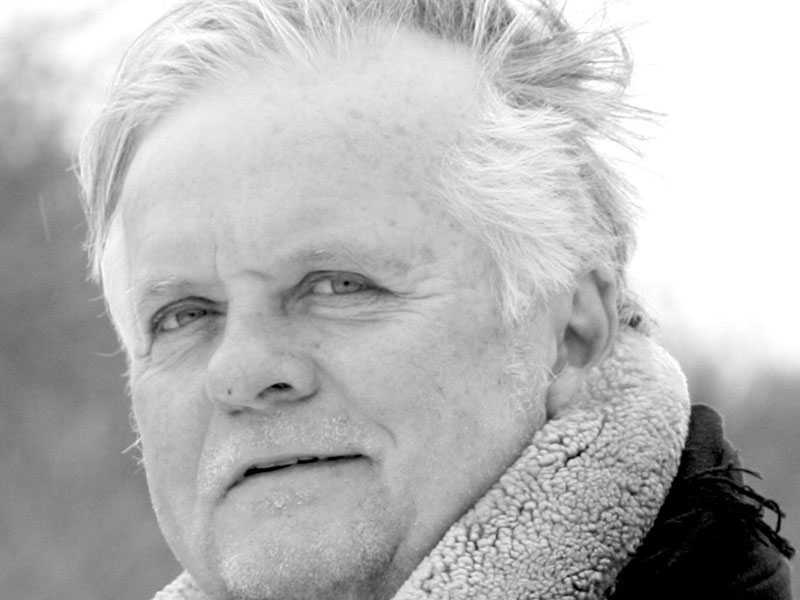Columnists
Restless moon

Two poplar trees, each a car width in diameter, stand along the shore of Lake Ontario, near Lake on the Mountain. The trees rule the surroundings as wise and stalwart guardians.
It is estimated that the giants were already a half century old on the eve of the Loyalist landings.
At a bend in the creek near my home sits a derelict Manitoba maple. It resembles a make- believe character out of a nursery rhyme. If the tree was made of fabric it would seem that the moths had been at it for centuries as its coat is riddled with holes, some large enough to hold a softball. Although its life is waning, the tree maintains a certain dignity, loafing above the anxious creek of April in a tangle of dogwood and yellowed grasses. The ‘Olden Tree,’ as I call it, is a favourite of pileated woodpeckers that visit daily to mine its cavities for bug delights. Nearby, a tall black walnut stands with outstretched arms. Suspended from one of its limbs, a rope swing glides through the seasons, and in the air can be heard the sounds of children’s laughter.
The tree is a powerful symbol in world mythology. Native North Americans refer to trees as “our standing brothers and sisters.” To the ancient Chinese, ‘kien-mou,’ a word meaning erect wood, described the centre of the universe— the Tree of Renewal. In early Egypt the word for giving birth was taken from the word for tree—The Tree of Life. There is the Tree of Knowledge, the Tree of Sorrows and the Family Tree. The Buddha’s quest for “ultimate and unconditional truth” led to a search under a sacred papal tree. There he found the living wisdom of trees—learning starts with listening.
Trees are embedded in the botany, history, and folklore of humankind. From trees we gather fruit, firewood and medicines. Taoist monks in China believe that the nut from the pine tree bestows eternal life, while the ancient Romans valued olive oil to the extent that they transported it via a 100-mile aqueduct. An Eastern European tonic of birch leaves holds the same medicinal properties as aspirin.
From trees we build houses, play, and meditate. Trees inspire poetry and legend—from trees we make music. Using alphabets like the Ogham, an ancient Irish alphabet that has 20 letters derived from the names of local species of trees, civilizations began to write on birch bark, walnut and beech tablets. The dye from the walnut was one of the inks that recorded time.
Apple tree, the willows or the mulberry, all conjure imagery and memories: the row of poplars along a farm lane; the lilacs that surrounded the former school; the wonder of the tree house. In Canada we have adopted the leaf of the maple tree as an identifying symbol, while the berry of the high bush cranberry provided the dye colouring for an icon in our history—the uniforms of the Northwest Mounted Police.
A landmark along a stretch of County road, a yellow oak tree stands alone on a rise of pasture field. Having matured separate from the forest, the gift of sunlight has fostered the tree to ‘ball out,’ to grow globe shaped. Horses seek out its shaggy trunk for a back scratch while cattle gather in August under the cool of the tree’s umbrella. Near Black River a winding path of road runs through a grove of dense hardwoods, the chatter of sky on the windshield, the shadow-play from the treed canopy is reminiscent of a string section in an orchestra playing a symphony of light.
The spring rain adds polish to the Old Danforth road this morning as I wander past woods, then open fields, then tumbled-down orchards. Hurried chickadees and nuthatches take refuge in a cluster of berry bushes. I round a bend and look out for a steady friend, a beech tree that waits in a lost fencerow. Past it, cemetery markers stand against a procession of maples that line the horizon. The scene speaks of how we honour the sacredness of life by planting trees. Perhaps this is it—the lasting message of the trees. It may be that they are here to remind us that we journey together through the cycles of life.

Comments (0)